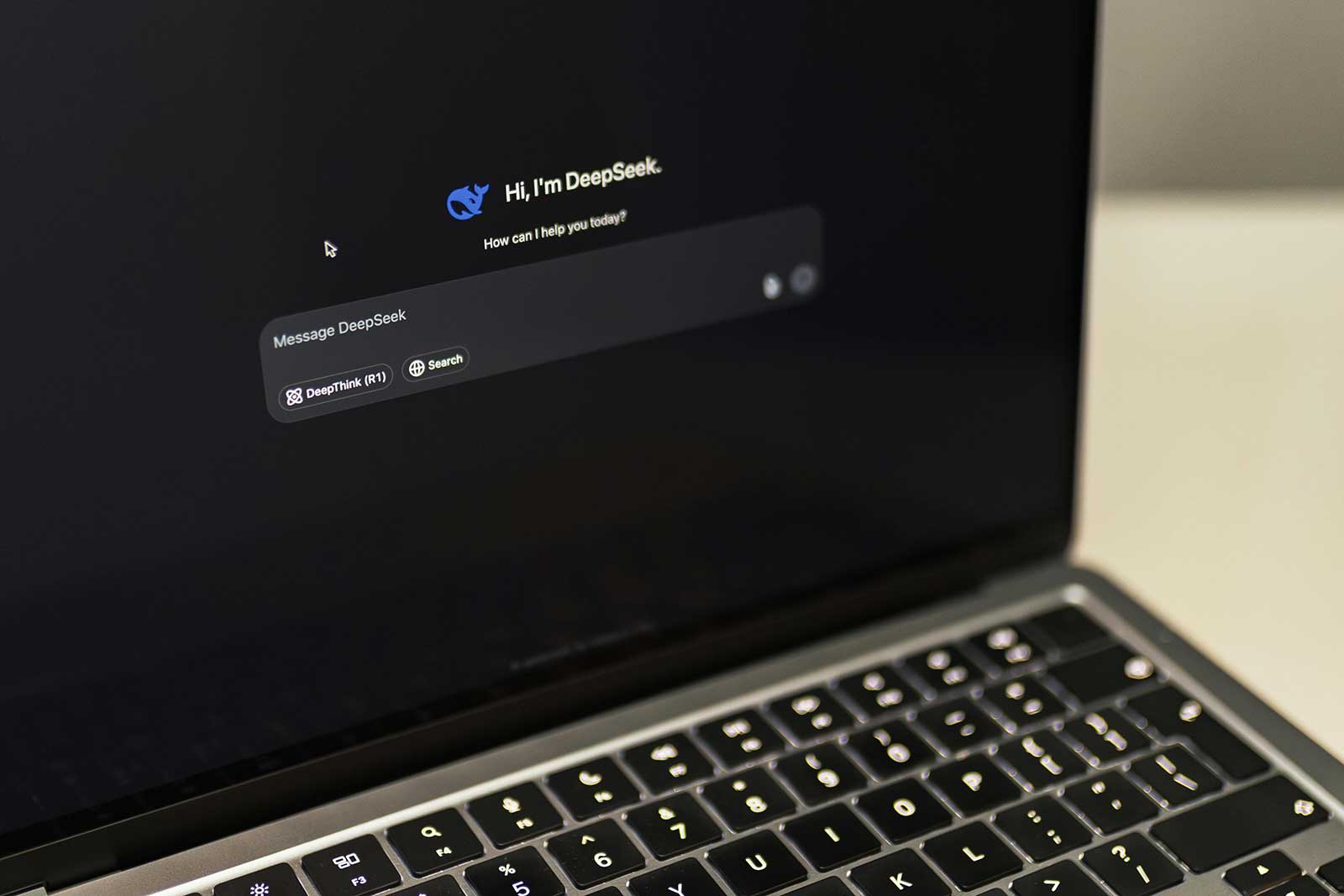What SEO Used to Mean, and Why That Has Changed
Many of our insights talk about the importance, impact, prevalence, and dominance that Google has on the search engine world at large. The term “search engine optimization” was practically invented to be displayed on Google’s first page of search results. Over the years we have seen many changes to Google’s algorithm, and most pertain to developing a better understanding of what is on a web page. Google did not always have these safeguards in place, but over the years it started developing strategies to detect keywords, backlinks, and technical requirements. With the advent of artificial intelligence Google, and all search engines, have been turning “search engine optimization” into “Search Everything Optimization (SEO)”.
The AI revolution in 2022 started with ChatGPT, but over the years has developed a literal uncountable about of AI in the business world. Now we have AI with odd names like Perplexity, Claude, Grok, Gemini etc. “search” is now an outdated term for what these engines do. They compile information, they do not just search it anymore. Answers are often pre-digested and served, not merely found. The places these AI pull from can be anywhere on the web. Every picture, every video, every presentation, every line of code, even your very own chats with ChatGPT are logged and used in training AI. We are now optimizing to search anywhere, and everywhere, on the internet.

Understanding “Search Everything Optimization”
What will “search” mean in two years? How about 5 years? 10 years? We look back at Google search over the last 26 years or so and can’t imagine it changing too drastically, but with AI being trained on most of the public internet, it’s hard to deny that having a pre-researched answer will be helpful, if not revolutionary. Each technology company seems to be crafting their own personal AI assistant. Google has Gemini, X has Grok, China has DeepSeek, America has ChatGPT, there are just so many different makes and models of the same kind of artificial intelligence.
Chat-based bots are more like ChatGPT. These are strictly large language models or “LLM’s. Social Media search bars have AI as well now, like Meta for Instagram, Messenger, Facebook, and Threads. Voice search assistants like Alexa from Amazon, Siri from Apple, and Google Assistant all use AI inside of the hardware of your phone, tablet, or home pod. These are all examples of AI assisted search avenues that are already relevant in 2025.
Some search functions remain untouched, though they are few, like YouTube, Yelp, and smartphone app stores. These will likely remain strictly search engines due to the nature of looking up a video, looking for a product on Amazon, or searching for a specific application’s name in the store. These specific instances are not impervious to change whatsoever. They’re undoubtedly on the chopping block already.
As of this insight’s publishing, you are not optimizing to rank on Google any longer. Even Google’s AI will automatically pop up after any search you type in to create an already compiled amalgamation from sources all over the internet. Information is now queried, curated, repacked, and served by artificial intelligence systems. The goal for small businesses will be to ensure their brand’s data becomes trainable, servable, credible, and consistent over the internet. Search Everything Optimization (SEO) starts with a small business getting their name and content onto AI platforms.

Core Pillars of “Search Everything Optimization”
Data that is Structured and Accessible
Schema markups are still relevant oddly enough. Out of all the things AI can see in the HTML of a website, the schema remains one of the most pulled-from sources in AI. Making the data on your webpage readable for AI will help your website. Think of clear headers and FAQ sections to broadcast your keywords and focus. API availability and data-sharing are quick ways to build your brand’s name up on the internet. Machines talk, join the conversation. Schema will always be analyzed by AI, so make sure to include it in your Search Everything Optimization (SEO).
Multi-Channel Content Footprint
Publishing your content in various formats is still a good move in the world of SEO. Blogs, short-form videos, podcasts, social posts, infographics, and anything else you can create will be picked up by AI across the internet. Creating redundancy on the internet is only going to help AI recognize your presence. Use social media, YouTube, and blogs to reiterate your content. Think of your content as being omnipresent across the internet, AI will register your social posts, your YouTube transcripts, and everything else you post online.
Authority Signals in the AI World
You may be thinking “a lot of these still sound like regular SEO” and you’d be correct. You will still be doing a lot of traditional marketing for your brand. For instance, handling digital public relations will always be the job of a human being, most PR will retain its humanity. Backlinks will always point to a website being valid, and that only comes about through collaboration of some kind. Niche publications will still affect AI training data. And finally,
Optimizing for AI Specialized Search Surfaces
One of the easiest things you can do to signal to AI systems that your website registers with them is to create “FAQ” style content. AI eats up questionnaires, as most people ask a question when looking for something. Also, make sure to optimize your content briefs for “Featured Answer” style responses. Last, you should be referring to ChatGPT about how it searches its database. Open DeepSeek or Gemini and just poke around asking them questions about what they look for. They will flat out tell you.

Tactical Strategies for Search Everything Optimization
Creating a strategy around your content creation has always been a staple for marketing specialists, but changing course to target large language models takes a bit of extra thought. Create descriptive, semantically rich long-form content, either videos or blogs like this one. Add short answers that pull quotes or paragraphs from the text. Maintain a consistent, informative voice across all platforms, and multi-post anything you create. The content you create will register on every webpage, social media site, and post, so make sure to include these in your Search Everything Strategy (SEO).
Social platforms are another key part to your strategy. AI tends to look everywhere, including TikTok, YouTube, Facebook, Instagram, etc. Using intentional keywords and hashtags can help get those artificial eyes on you. Speaking of YouTube, treat it like what it is, the world’s second largest search engine. Creating “how to” content and gearing the tags, description, and even the transcripts towards those keywords will help. As a rule of thumb with YouTube, make sure to spend time on the thumbnail. While the image itself may not be interpreted by AI, the people who find you through a large language model will be looking at the time you put into the aesthetics.
Lastly, we need to look at the technical side of our “search everything optimization”. If you don’t have the ability to make these changes a web designer will be necessary. Making sure your page loads quickly is important for the technical aspects of artificial intelligence scanning your website. Your site needs to load quickly on desktop and mobile, and still needs to be crawlable by large language models. Also, making sure you have hyperlinks to important parts of your site establishes authority for those pages, and AI, along with Google, will recognize the authority of those pages.
How to Measure the Results
Unfortunately, the answer here may change in 6 months due to the evolving nature of artificial intelligence, but we are going to talk about some general metrics we can look at. Organic traffic and site visitations can be tracked with many different tools, but you will also want to check in with ChatGPT occasionally, in a window that is in incognito mode. Ask a question you’ve been aiming to answer and see if it mentions you. Having visibility in the AI systems is a confident sign you are being presented as a reliable source in those large language models. While you probably will not ever be able to see how many mentions your company had in an AI system specifically, you can search inside them yourself to get an idea.
Next up is the more traditional route for monitoring results. Looking at SERP tracking tools and analytics pages on sites like YouTube and TikTok will tell you if traffic increased. Also, Google Search Console has always been a reliable way to see your placement in traditional search engines. Start engaging with beta testing programs like Perplexity Pro to get a head start on AI analytics. Search Everything Optimization (SEO) means you plan for EVERY platform, model of AI, and place you can host content.

Conclusion: Adapt or Get Left Behind
SEO is evolving. The moniker we gave it, “Search Everything Optimization”, is going to become the norm across the internet very soon. AI does not seem to be slowing down as more and more companies incorporate it into their websites and systems. Brands will eventually need to step away from exclusively focusing on Google search results and instead focus on a presence across the internet as a whole. Future-proof your visibility in the age of AI by practicing “Search Everything Optimization (SEO)”.
If you ever have any questions about artificial intelligence, SEO, or building a brand online, you can always reach out to us here at Acclaim. We’ll be happy to talk about the specifics and offer you advice on your own marketing tactics.